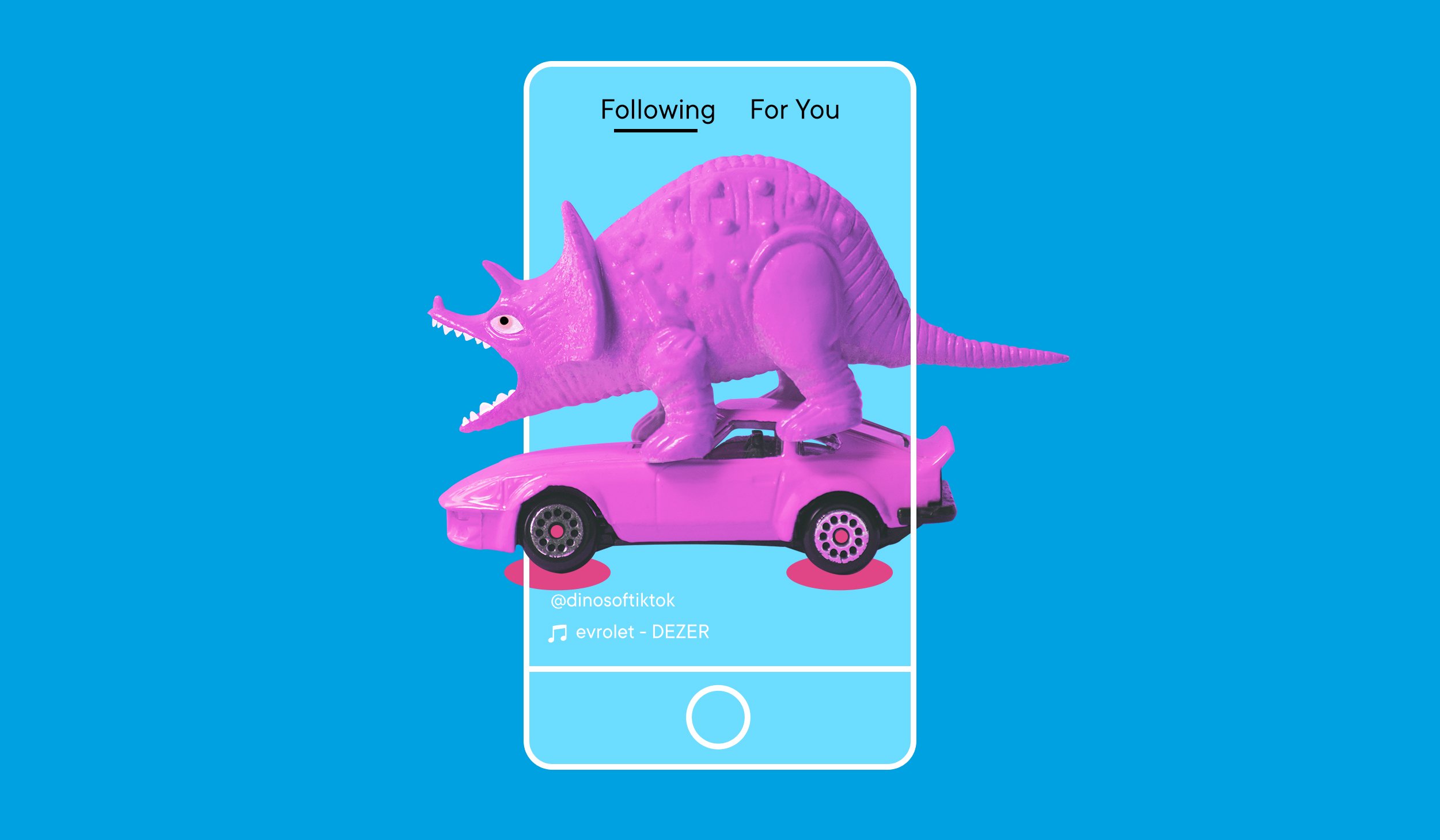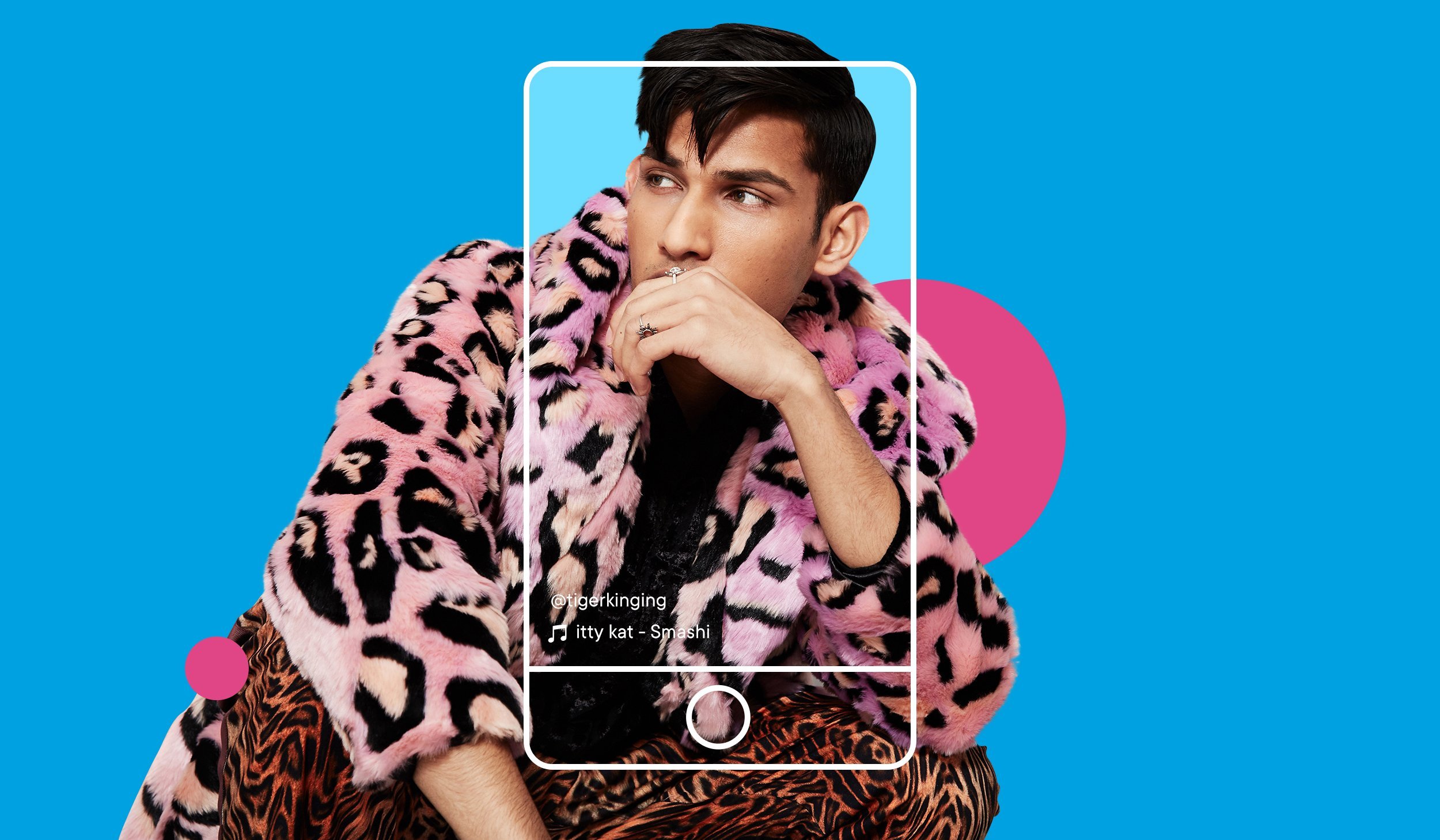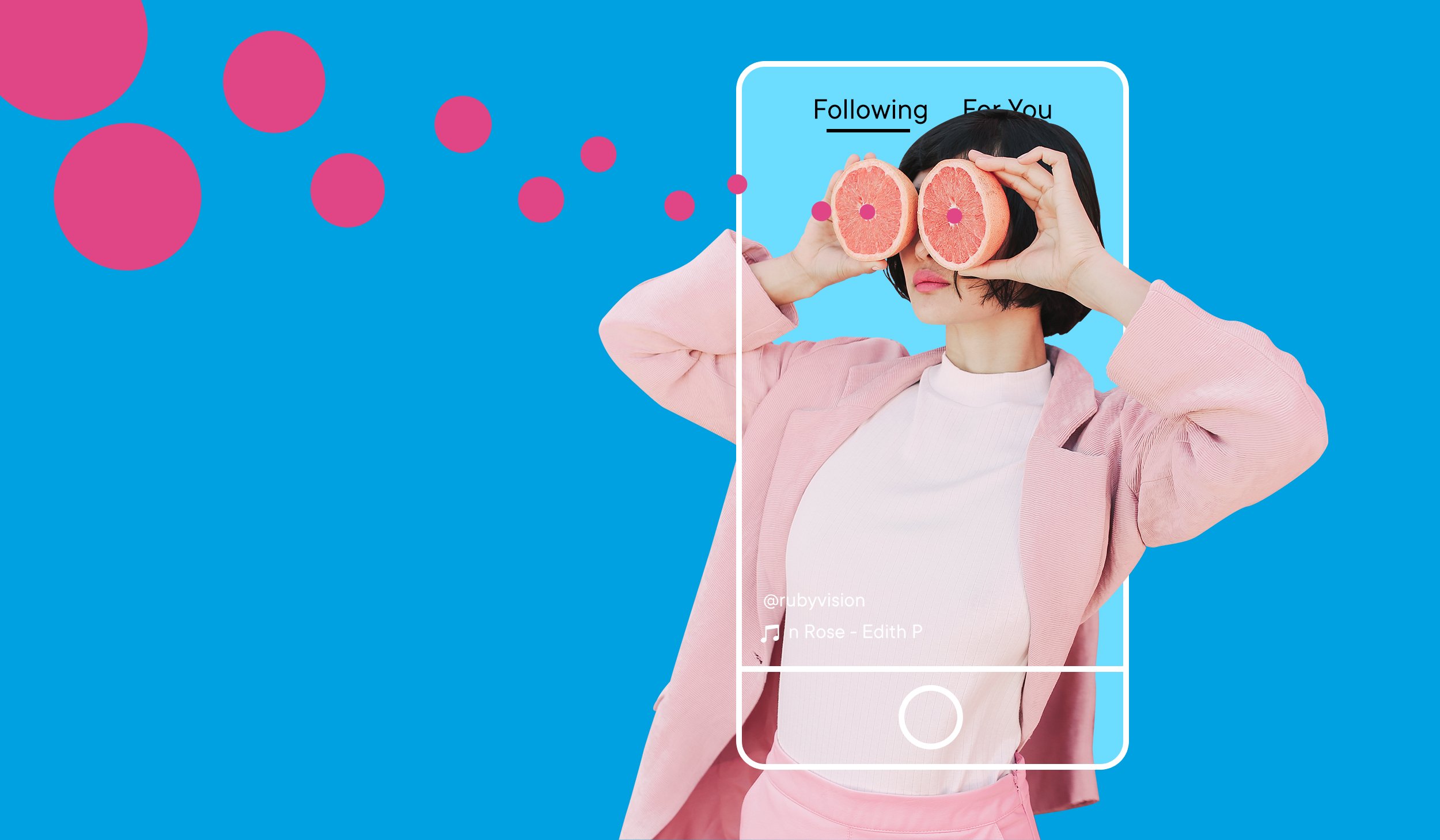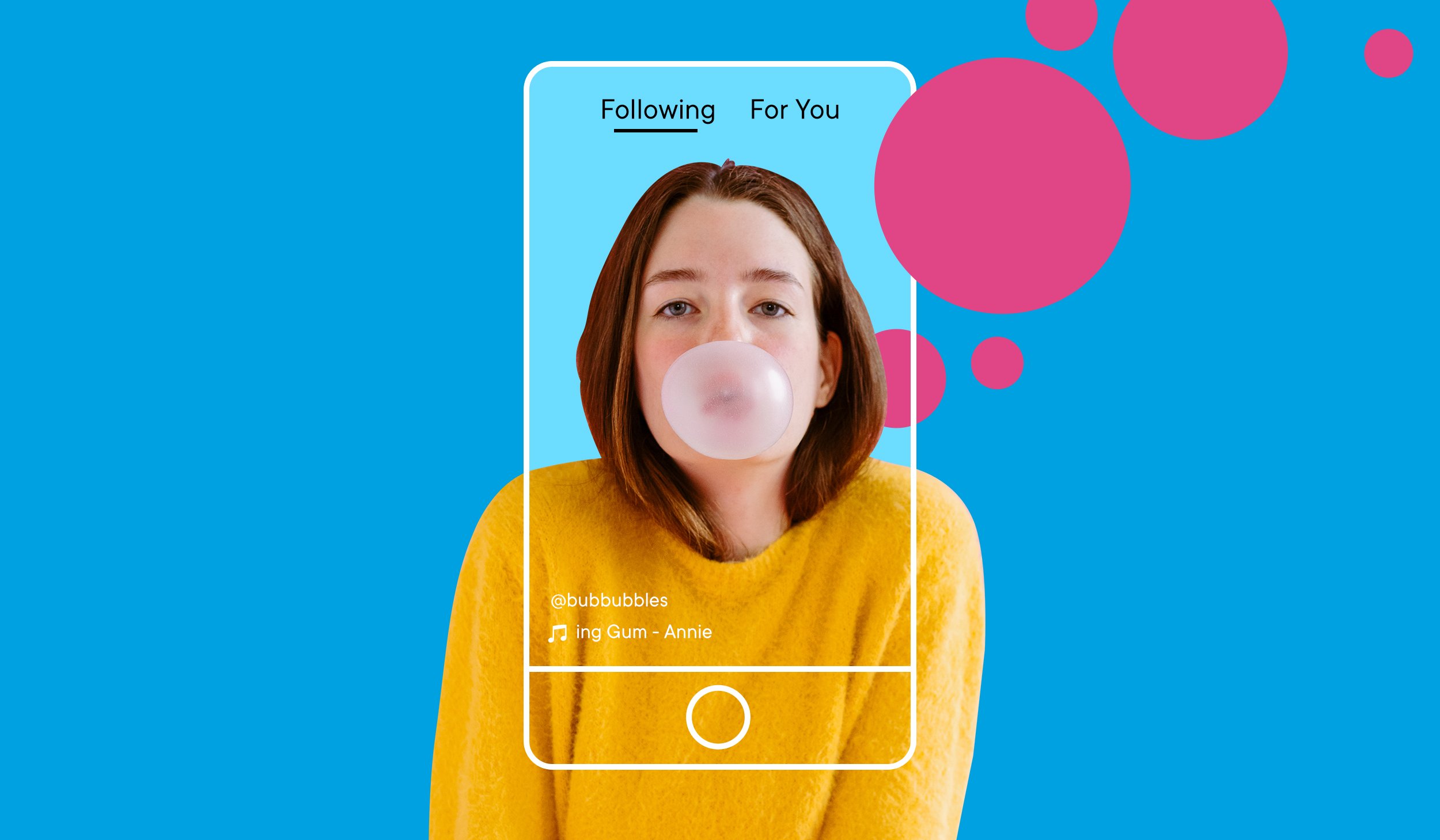What Drives Purchases on TikTok?
In our last post in this special series uncovering creative insights about TikTok usage in the UK and US, we’ll take a look at the state of ecommerce...

Welcome to part three of a series of blog posts filled with fresh insights for marketers about TikTok.
In our first two posts, we drew on data from VidMob’s recent report about users in the UK, and what that means for brands in the year ahead. Now we’re going to turn our attention to what people are watching on TikTok in the US, as well as the UK, and why?
To gather relevant insights for brands about TikTok’s valuable US market, VidMob analyzed 1,456 paid, in-feed videos, spanning 34 accounts in the US from January through mid-September 2020.
Next, we reviewed our conclusions about viewing habits from the UK report, conducted this August, which surveyed over 1,000 Brits who regularly use the app. Here’s what we found.
As it turns out, for brands looking to engage their audience, great service starts with giving your audience something to smile about.
How come? Well, for starters, Slate’s 2018 analysis of the US market looks like it still holds true in the UK, as “dancing is particularly big on the app, which makes sense given [TikTok’s] musical roots,” in addition to other entertaining videos. Our survey shows that’s especially the case among older millennial women in the UK, over half of whom regularly watch dancing, and music videos on TikTok, although most users rated this kind of content in their top three favorite genres.
In the US, promoted videos featuring musical soundtracks also drove a 51% greater view rate compared to videos with a mix of vocals, and music. However the opposite holds true for conversions, where a mix of sound, and vocals, resulted in double the response rate for advertisers compared to music, or vocals alone. Either way, music motivated users to watch videos.

Outside of dance, or music, British users told us they like to watch feel-good content like comedy, and animal-related videos, both hugely popular genres among Gen Z and millennials alike.
“23% of respondents in the UK watch animal-related videos on a regular basis.”
Interestingly, this tendency for users to engage with content about animals on TikTok echoes a wider trend on social and elsewhere this year for uplifting, nature-inspired scenes, with animals making an appearance on city streets, YouTube, and beyond. Blame it on lockdown, or coronavirus angst, but digital nature-related escapism is big on TikTok, especially among women aged 35 to 40.
This tendency for users on both sides of the pond to watch entertaining, uplifting content is particularly valuable for brands when it comes to paid media too, where a human presence turns out to be crucial for engaging viewers.
Creatives where characters express strong emotions like surprise, for example, increase video view rates by almost twice as much as for those where the actors had more neutral expressions like calm, or happy faces.
As to sound, using music in video creative correlates to a 52% uplift in brand reach compared to videos with vocal-only audio tracks. We’ll explore what that means in relation to ads, and other marketing goals, in an upcoming post.
Brands like HBO Max in the US are already using these viewing preferences to great effect. In HBO’s case, the marketing team launched a creative recruitment drive on TikTok for prospective interns that generated millions of views for their fans, and drove brand uplift for the company thanks to the videos’ funny, Gen Z-forward content.
In the UK, where one in five respondents said they regularly watch fitness or sports videos, high-profile soccer club Liverpool F.C., a global brand in its own right, is using TikTok to share game highlights, invite viewers to training sessions, and to celebrate key sporting wins.
But there’s more to the popularity of these brands, and their videos, than genre alone. Though the video format has been around for a while, it turns out TikTok has also been changing the rules of the game when it comes to storytelling, and how it determines what you’d like to watch.
Let’s look at feel-good content. Given the challenges of this year, from COVID-19 to various social, and political upheavals, it’d be hard to fault users in any country for wanting to escape into videos that make them laugh, dance, or simply feel good right now.
As it happens, that’s just what they get on TikTok, since the app’s AI-powered, engagement-based algorithm creates a positive feedback loop for users that keeps them coming back for more.
How does that work? Well, thanks to TikTok’s algorithm, the more users engage with certain kinds of content – in this case comedy videos, and the more they watch all the way through (or share), the more they’ll see.

Why? Simply put, completions, and interactions count more than views alone on the app. That means only engaging content, the kind that incentivizes viewers to watch through to the end, regardless of video length, ranks well. And since everyone needs a good laugh right now, TikTok is serving up some quality bitesize comedy.
As a result, the social network has morphed into something more profound. TikTok has become an uplifting entertainment platform, as well as a source of social, and psychological support, especially among younger users stuck at home due to lockdowns, and quarantines.
As we’ll see when it comes to how users react to brands, and ads, these insights are a helpful place to start when looking to build meaningful, and authentic brand relationships on TikTok.
While this data doesn’t replace the need to monitor creative performance closely to understand the specific nuances of your brand, and audience, it underscores the value of meeting users where they’re at emotionally, no matter how difficult the moment.
Relatable, real content (and the odd cat video or two) not only gets people’s attention, it can make them feel better too. Who doesn’t want their brand to do that?
In our next post, we’ll explore what users told us about how they interact with, and perceive, brands on TikTok.

In our last post in this special series uncovering creative insights about TikTok usage in the UK and US, we’ll take a look at the state of ecommerce...

With TikTok on course to grow its UK user base by 75.2% this year, fueled in part by an audience reeling from multiple pandemic lockdowns, there’s...

It’s safe to say that TikTok is a business to watch. To begin with, the mobile app, and video-centric social hub has been downloaded more than 2...